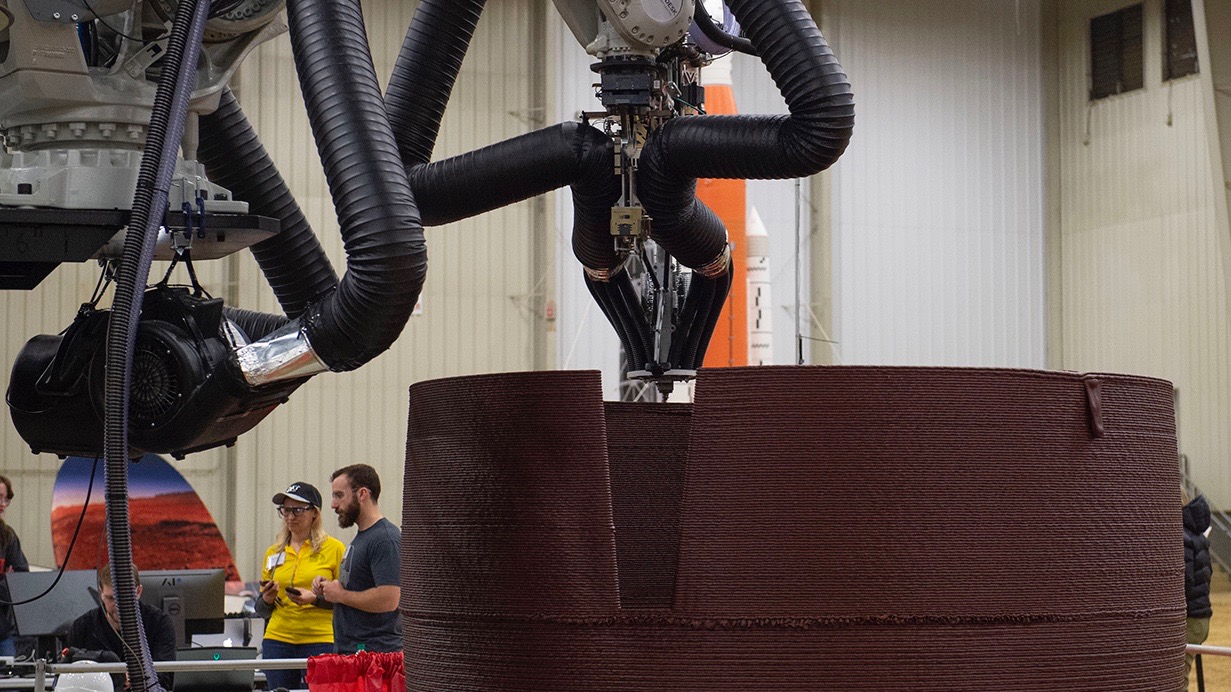Starship Orbital Test Flight
NET June 20th, 2021
On March 16, 2021 Elon Musk expressed the goal of performing a Starship orbital test flight in July, 2021.
Rob Dickinson @Rjdlandscapes
Mar 16, 2021
Replying to @elonmusk @Erdayastronaut and @SpaceX
Crazy! Full stack flight July?
|
Elon Musk ✓ @elonmusk
That’s our goal
On November 20, 2020 SpaceX and NASA entered into an agreement for tracking Starship during re-entry,
There will also be observers at the Kwajalein Atoll, Marshall Islands.
Now there's an FCC filing for the Starship orbital test flight (PDF)
NET June 20th, 2021
On March 16, 2021 Elon Musk expressed the goal of performing a Starship orbital test flight in July, 2021.
Rob Dickinson @Rjdlandscapes
Mar 16, 2021
Replying to @elonmusk @Erdayastronaut and @SpaceX
Crazy! Full stack flight July?
|
Elon Musk ✓ @elonmusk
That’s our goal
On November 20, 2020 SpaceX and NASA entered into an agreement for tracking Starship during re-entry,
SpaceX will partner with NASA’s Langley Research Center in Hampton, Virginia, to capture imagery and thermal measurements of its Starship vehicle during orbital re-entry over the Pacific Ocean. With the data, the company plans to advance a reusable thermal protection system, which protects the vehicle from aerodynamic heating, for missions returning from low-Earth orbit, the Moon, and Mars.
Now there's an FCC filing for the Starship orbital test flight (PDF)
Flight Profile
The Starship Orbital test flight will originate from Starbase, TX. The Booster stage will separate approximately 170 seconds into flight. The Booster will then perform a partial return and land in the Gulf of Mexico approximately 20 miles from the shore. The Orbital Starship will continue on flying between the Florida Straits. It will achieve orbit until performing a powered, targeted landing approximately 100km (~62 miles) off the northwest coast of Kauai in a soft ocean landing.
Objectives
SpaceX intends to collect as much data as possible during flight to quantify entry dynamics and*better understand what the vehicle experiences in a flight regime that is extremely difficult to*accurately predict or replicate computationally. This data will anchor any changes in vehicle design*or CONOPs after the first flight and build better models for us to use in our internal simulations
The Starship Orbital test flight will originate from Starbase, TX. The Booster stage will separate approximately 170 seconds into flight. The Booster will then perform a partial return and land in the Gulf of Mexico approximately 20 miles from the shore. The Orbital Starship will continue on flying between the Florida Straits. It will achieve orbit until performing a powered, targeted landing approximately 100km (~62 miles) off the northwest coast of Kauai in a soft ocean landing.
Objectives
SpaceX intends to collect as much data as possible during flight to quantify entry dynamics and*better understand what the vehicle experiences in a flight regime that is extremely difficult to*accurately predict or replicate computationally. This data will anchor any changes in vehicle design*or CONOPs after the first flight and build better models for us to use in our internal simulations






Comment